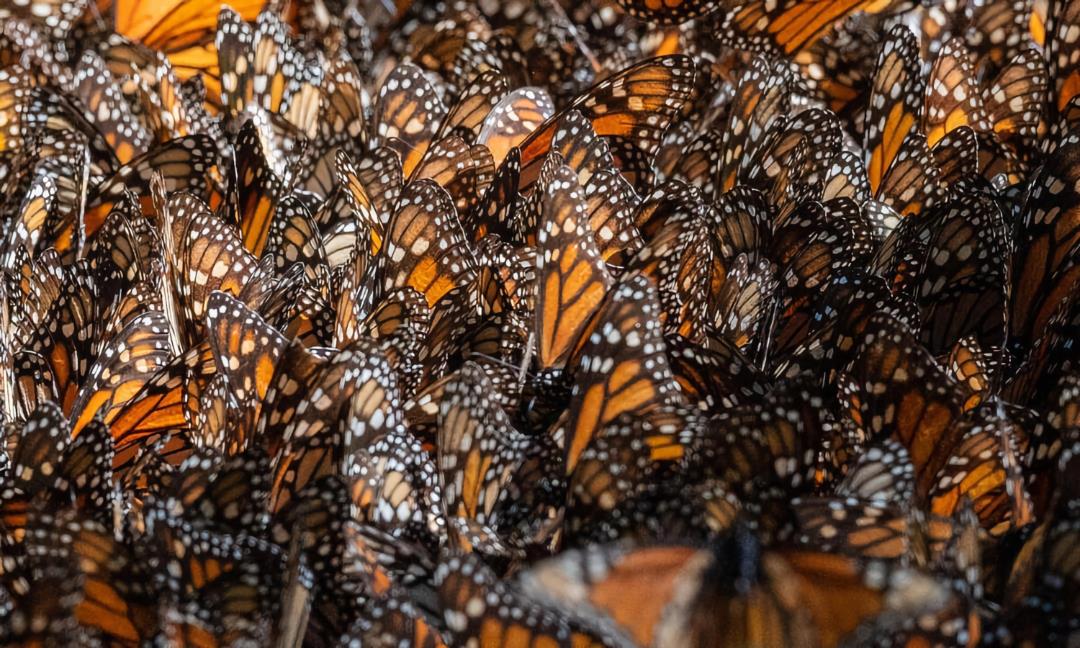Presence of monarch butterflies in their wintering habitat drops 22% in one year
The Eastern migratory monarch butterfly is at risk: new reports show a sharp population decline and a loss of habitat in the forests where they winter each year. In just one year, the presence of monarch butterflies in their wintering grounds dropped 22%, from 7 acres to nearly 5.5. acres. This is part of a mostly downward trend over the past 25 years—when monarchs once covered more than 45 acres of forest.
Every year, Eastern monarch butterflies travel up to 2,800 miles from Canada and the US to their wintering sites in the forests of Mexico. There, in what is known as the Monarch Butterfly Biosphere Reserve, monarchs cluster in shelter from winds, rain, and low temperatures.
Monarchs require a vast, healthy migratory path and large, robust forests for survival through the winter. Today, the butterflies face a reduction of breeding habitat in the US due to herbicide application and land use changes as well as forest degradation in wintering sites in Mexico. Extreme weather conditions in all these ecosystems can further their decline.
